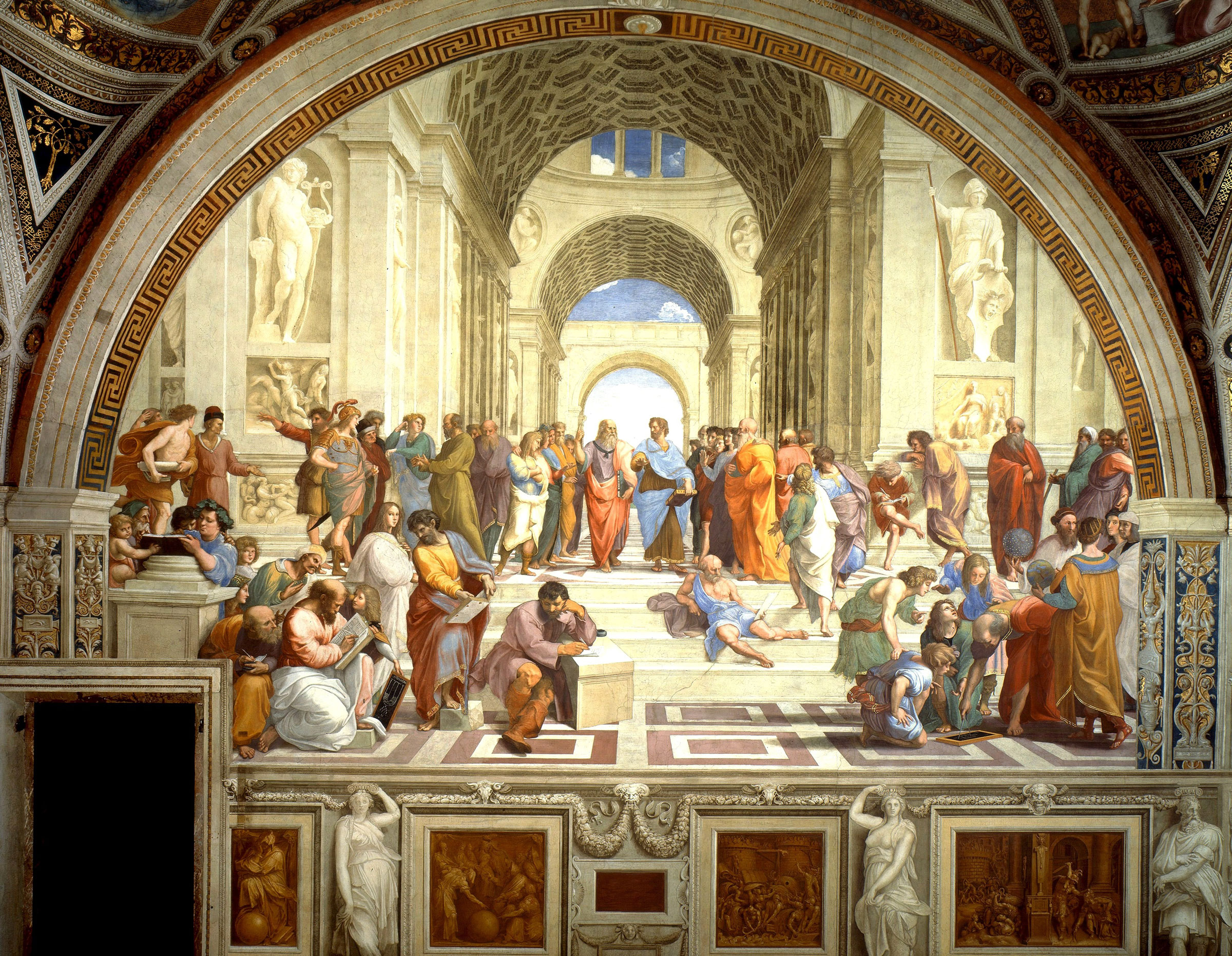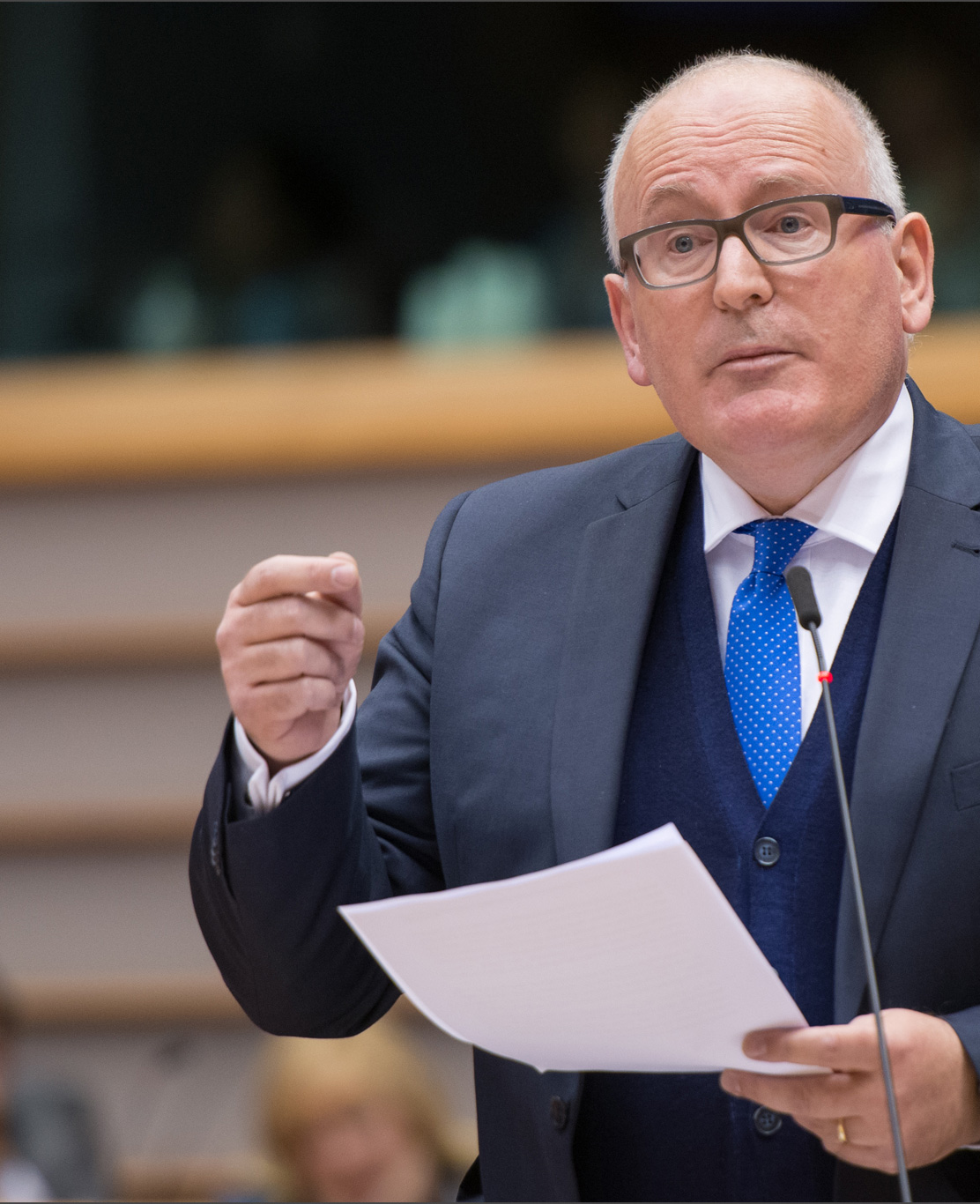“Building the world of tomorrow; which is more sustainable, more beautiful and more humane. That is our goal!”, with these words Ursula von der Leyen concluded her speech, in which she spoke out in favor of a new European Bauhaus. The President of the European Commission takes Walter Gropius’ school of thought as a model for a new movement. What began 100 years ago to build a bridge between craft and art, should today serve as a lesson for the “Green Deal” of the European Union to make the necessary change as something beautiful (be-)tangible for all Europeans.

The European Bauhaus and the Green Deal
The European Bauhaus serves as an interdisciplinary space for thought and experimentation, sending attractive and user-friendly concepts right into our living rooms.
The goal is to carry the idea across the borders of Europe. Fueled by an initial sharpening of the movement, five European Bauhaus projects are installed and built in different member states that agree on sustainability and projects adapted to local conditions with a specific focus (e.g. building materials, energy efficiency, demography,…).
A century after its creation, the fire of the State Bauhaus continues to burn and can be found in many innovative projects. Following the original Bauhaus idea, the European Bauhaus honors modern technology and closely links art with craftsmanship. The link with sustainability is an essential trait that is gaining public importance and commitment.

“The goal of the Bauhaus is precisely no style, no system, dogma or canon, no recipe and no fashion! It will be alive as long as it does not hang on the form, but seeks behind the changeable form the fluidum of life itself!”
Walter Gropius, 1930 (* 18.05.1883 in Berlin; † 5. July 1969 in Bosten, Massachusetts)
First climate neutral continent
Swedish climate activist Greta Thunberg gave birth to the Fridays for Future movement, which uses school strikes around the world to insist on the urgent implementation of measures to achieve climate goals. The EU is also bearing witness with the Green Deal. With it, the European Union is re-sharpening its climate targets and setting an ambitious goal of reducing greenhouse gas emissions to zero by 2050. By its own account, the EU has succeeded in decoupling emissions from economic growth over the past three decades. The period between 1990 and 2019 shows a 62 percent growth in gross domestic product (GDP), despite a 25 percent decline in net greenhouse emissions.
Green recovery after lockdown
Even if the Corona pandemic of 2020 casts its mighty shadow over the climate protection debate, it has shown above all that far-reaching measures have a major impact. As a result of global lockdowns, air quality in the world’s metropolises, some of which are heavily polluted, has recovered. Nevertheless, this is no reason to jump for joy, considering the massive economic consequences, which will continue to have an effect until a life-saving vaccine pulls stricken Europe out of the depression.
The economic recovery requires a massive boost in investment. The European Union intends to seize this opportunity and make investments in line with its increased climate ambitions, thereby promoting lasting and sustainable growth.

“We have to make sure that we come out of this crisis sustainably, that we turn the Green Deal into our growth strategy. So that we also make Europe cleaner, more resilient and more competitive. And to do that, it also has to become green.”
Frans Timmermans, EU Commissioner for Climate Action in an interview with the Tagesschau on 8.5.2020
The utopia of sustainable human
A European Bauhaus puts people at the center of the “Green Deal”. Sustainability, inclusivity and aesthetics as cornerstones visualize the ecological change and make it haptic. Architects, artists, students, scientists and everyone who wants to contribute are invited to shape the new European Bauhaus and bring it to life. In this way, utopia becomes a mission that brings sustainability as a shapely and affordable product into all households and close to the people.
